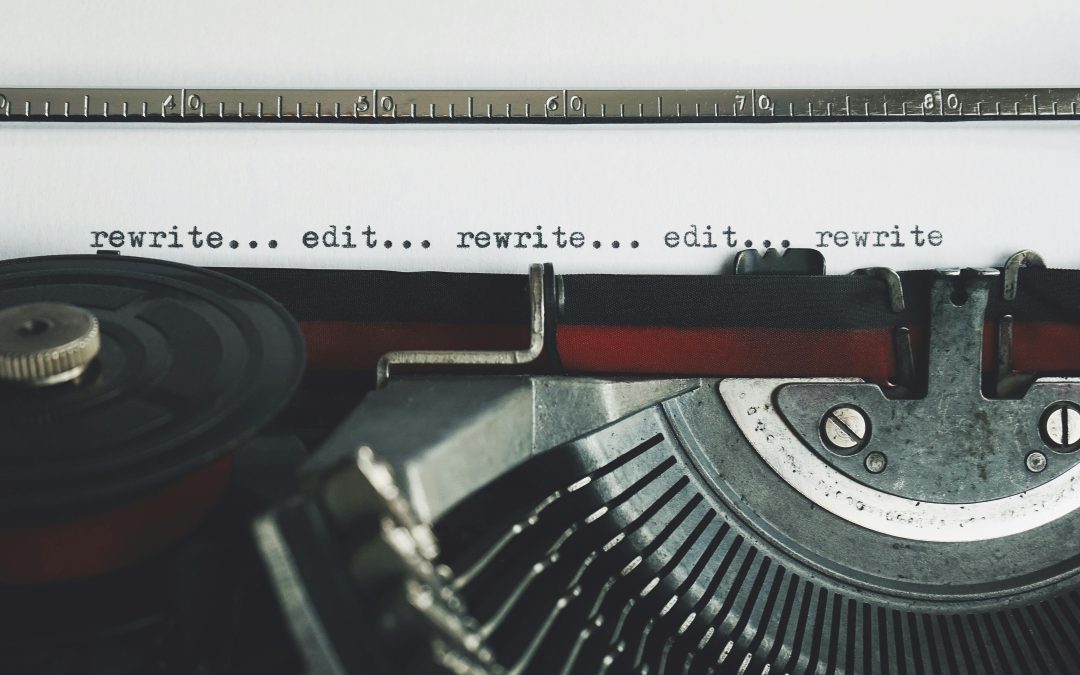Yes, Virginia, there is a process to publishing.
Whether you pursue traditional publishing or self-publish the process begins with the same first two steps:
- Write the story. That’s self-explanatory. If you don’t write the story, there’s nothing to publish.
- Edit and revise the story. This is the self-editing phase during which you review what you wrote and revise to make it better. I suggest the following during this phase:
- With a pen and notepad at hand, begin reading your manuscript from the first page.
- Jot down those major issues (reference by manuscript page number) that will require substantial revision and/or rewriting and/or redevelopment.
- Correct the small problems and errors as you go through the manuscript.
- When you finish, go back to the beginning and start working on those big issue items you noted on paper.
- When you finish that, go back to the beginning and repeat the process until the manuscript is as good as you can make it.
- During the self-editing phase, you may wish to enlist the assistance of beta readers or hire an editor to provide you with a manuscript critique or assessment, then revise further based on their feedback.
At this point, it’s time to decide: will you pursue traditional publishing or will you self-publish your work?
If you decide to pursue traditional publishing, you’ve got a lot of research to do:
- Find publishers and literary agents that handle material like yours.
- Verify whether they are accepting manuscripts.
- Check out their submission guidelines.
- Follow those guidelines exactly.
Many publishers and agencies do not accept unsolicited manuscripts. Many publisher don’t accept manuscripts from authors at all; they require the author have agency representation. That means sending them your manuscript without first being invited results in automatic rejection. So, you follow the process which may require a query letter and a synopsis or book proposal. You’ll have to learn how to write those documents so they’re effective. It’s not easy. You’ll also have to know what “standard manuscript format” is an master it.
The process is slow and may be discouraging.
Publishers and literary agencies accept only 1%-2% of the manuscripts they receive. They don’t reject manuscripts for no good reason and only accept manuscripts they think will generate profits. In exchange for ownership of the work and the lion’s share of royalties, the publisher assumes all financial risk and the responsibility to produce a high quality product.
If you decide to self-publish, the publisher’s financial risk and responsibility for quality fall on your shoulders. Therefore, it’s time to proceed with the process in diligent fashion:
- Hire a professional editor. This may be the most expensive part of publishing. You many need multiple editors for developmental, line, and copy editing. Many editors combine editing levels. (For instance, I offer substantive editing which combines line and copy editing with a smidgen of developmental editing.) Your manuscript may require multiple rounds of editing. It’s a truism that the better your manuscript, the less editing will cost.
- Hire a book designer. Unless you’re competent at page layout, you’ll best serve your book by outsourcing book design to a pro. There’s more involved in page layout than filling the pages with words.
- Write the back cover blurb and hire a cover designer. Your back cover blurb—the hook that persuades potential readers to buy your book—needs to be well-written and free of copy errors. This is copy writing, so you may want to hire a copywriter to craft effective sales copy that converts. The cover designer may or may not be an artist, too. If not, you may also need to hire a graphic artist who’s familiar with your genre and audience expectations. Beware of designers/artists who substitute AI-generated images for human creativity.
- Hire a proofreader. A proofreader reviews the nearly final formatted book and the front and back covers, including the blurb, and notes the necessary corrections—not just to spelling, punctuation, and grammar, but also with regard to formatting inconsistencies and other issues. The book designer and cover designer are then tasked with implementing the corrections specified by the proofreader.
- Publish your book. Each self-publishing platform has its own process and will require you to enter personal data for the payment of royalties. If your files do not meet the platform’s specifications, you’ll have to adjust them. Your book designer and cover designer should be willing to make the necessary adjustments for not extra charge.
Self-publishing gets expensive, but not because you pay to publish. In fact, I generally recommend you do not pay to publish, although there are a handful of nonexploitive, one-stop shops that offer the full spectrum of author support services including publication. Such services tend to be expensive.
The costs of producing your own book vary widely. In many cases, you get what you pay for. For an up-to-date guide on what you may expect to spend, go to the Editorial Freelancers Association’s rates guide.
Marketing your book begins before publication. Ideally, you’ll start promoting it about six to eight eights prior to its release to the public. Regardless of whether your book is traditionally published or self-published, marketing is the author’s responsibility.
So, where do you find these pros to whom you can outsource that work? Hen House Publishing offers the author support services: ghostwriting, editing, proofreading, and book design. If you need e-book formatting, I’ll be happy to refer you to another pro who’s an expert at that. If you need marketing, I’ll be happy to refer you elsewhere. I don’t offer the services that I don’t do well.

